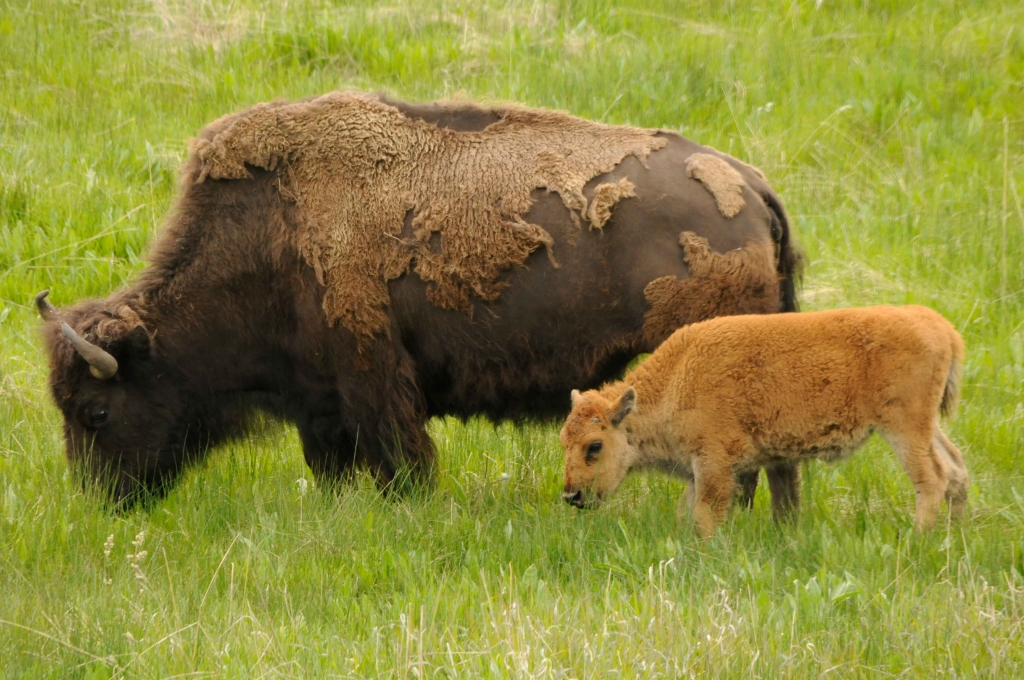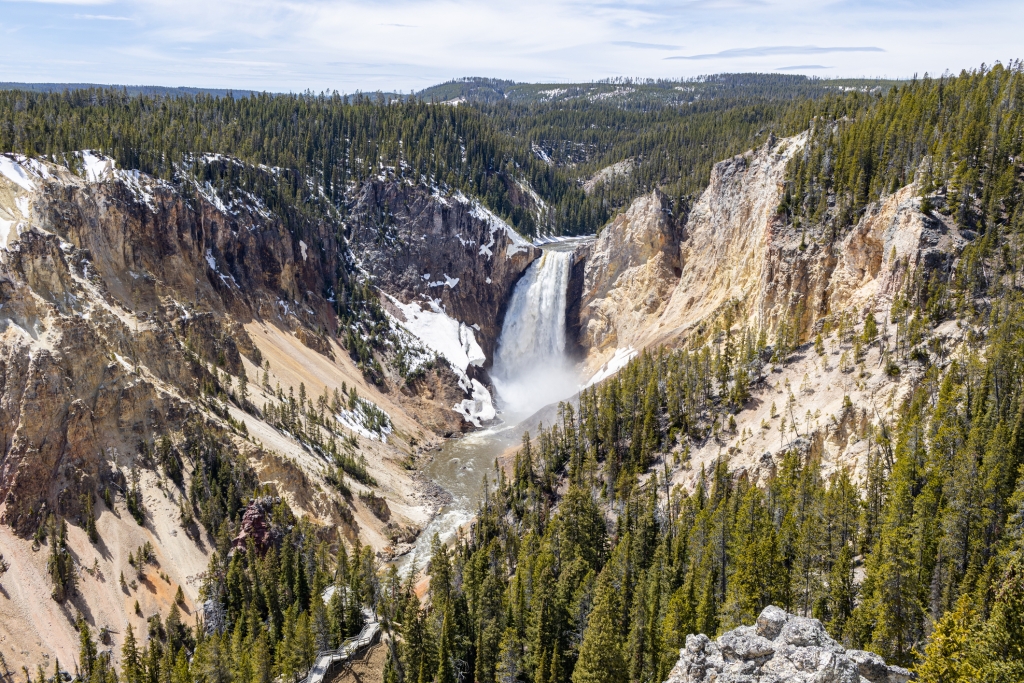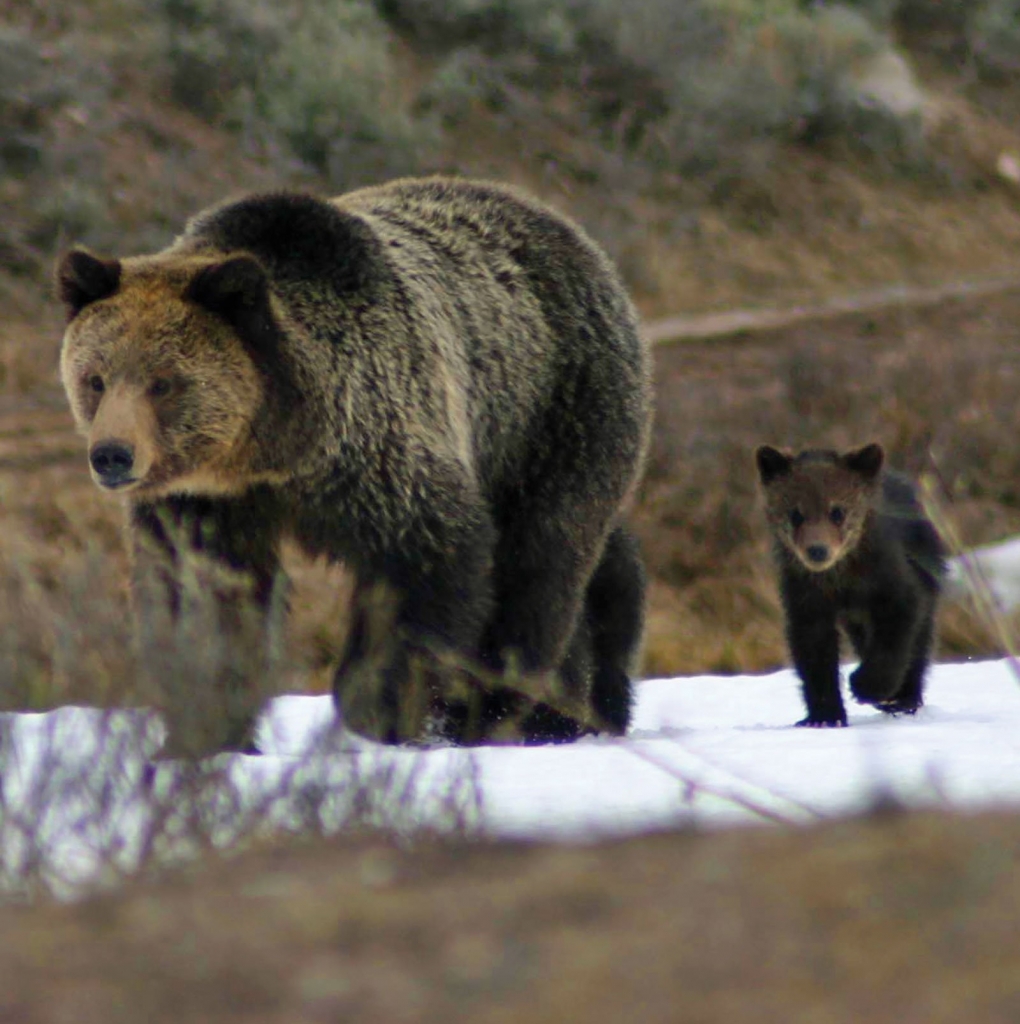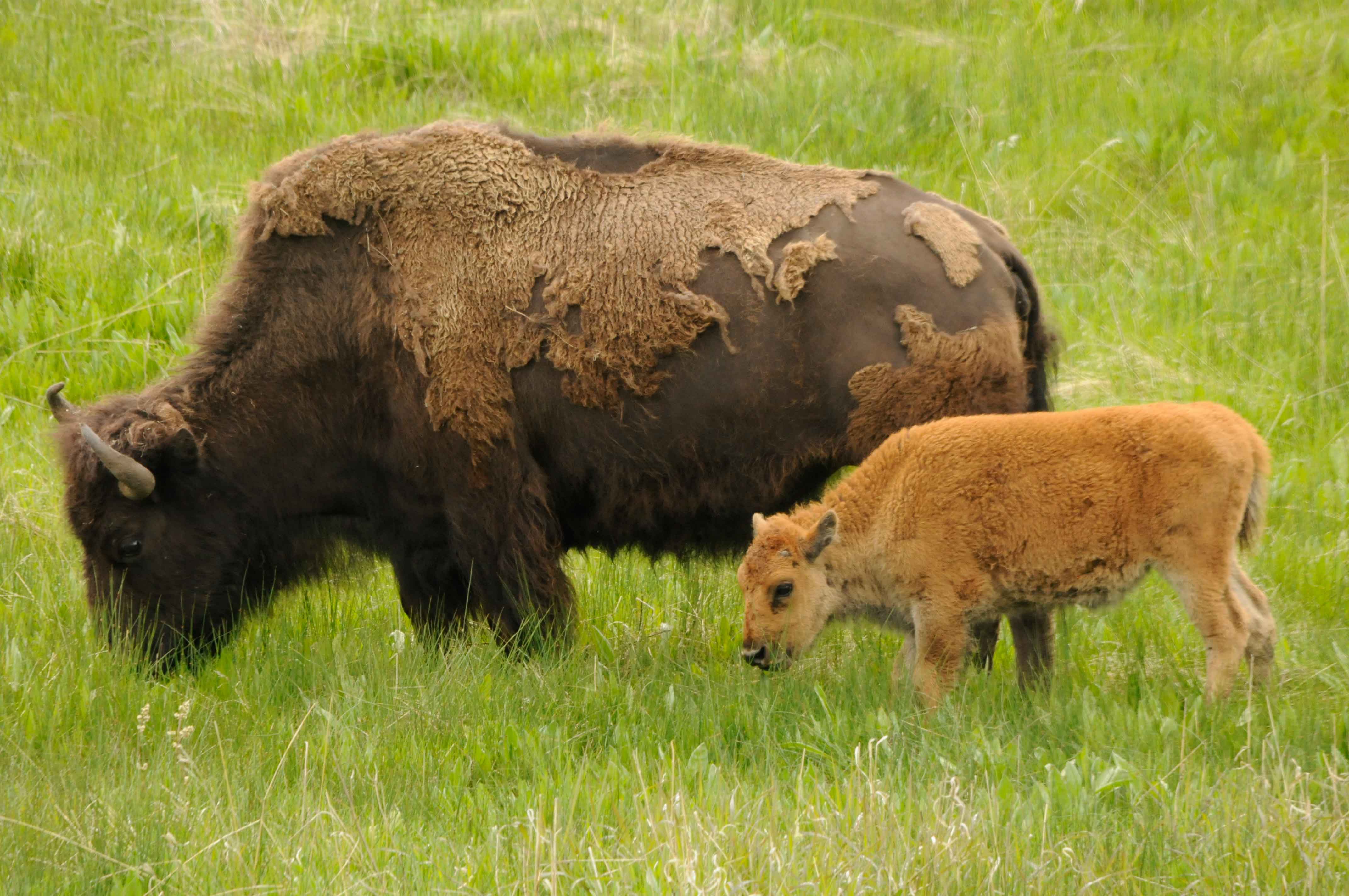Bears, blooms, baby animals, and more await in the season of rebirth
Ahh, spring. The ice thaws. The snow melts. And the winter dig-out begins. Here are some top reasons why Yellowstone National Park sings in the spring:

Baby Animals
Elk, bison, and pronghorn calves are born in April and May. You might even spot bear cubs wandering with their moms, especially in the Lamar Valley area. But take note: Mothers are protective of their young. Recalls Virginia Miller, lead instructor at the nonprofit Yellowstone Forever organization, visitors once got trapped in their cabin at Mammoth Hot Springs by a mother elk who had sheltered her baby under the porch. “Every time they tried to step outside, she charged them. Finally, a security guard chased them off.” The moral: Look before you exit.

Spring Runoff
Waterfall Central is in the Grand Canyon of the Yellowstone, where the Yellowstone River sports three gushers. Prime among them is Lower Falls. At 305 feet high, it’s almost twice the height of Niagara Falls. In a typical spring, 63,500 gallons of water per second surge over the precipice, compared to just 5,000 gallons in the fall. Nearby are the smaller Upper Falls and Crystal Falls. When the time it right, and you’ll see giant ice floes roaring under Fishing Bridge in the park’s Lake area, thanks to the spring thaw on Yellowstone Lake.

Bear Sightings
The best opportunity for seeing bears is in springtime. Male grizzlies come out of hibernation in mid-to-late March; females with cubs emerge in April to early May. That’s when they wander to lower elevations in search of winter-killed carcasses of elk and bison.
“They’re also poking around eating flowers,” Miller says. “As summer comes, they go up higher. Food sources dictate where they hang out.”
For more travel experiences to Beautiful Places on Earth™ available from the Xanterra Travel Collection® and its affiliated properties, visit xanterra.com/explore.


